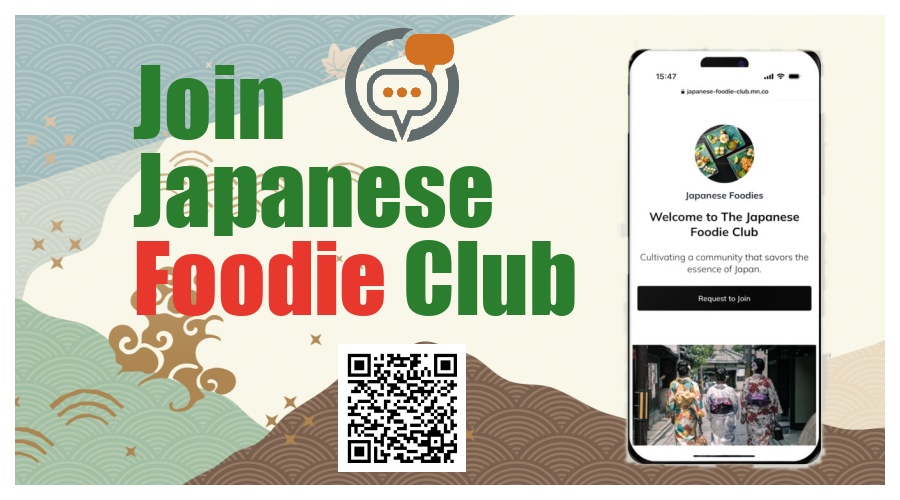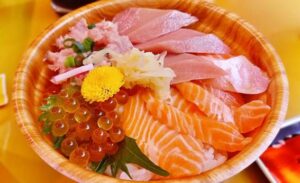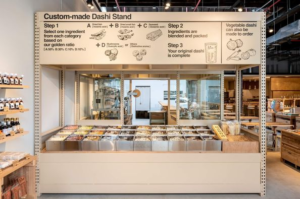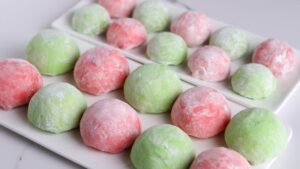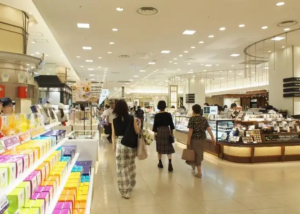Kyoto’s Three Major Traditional Japanese Pickles
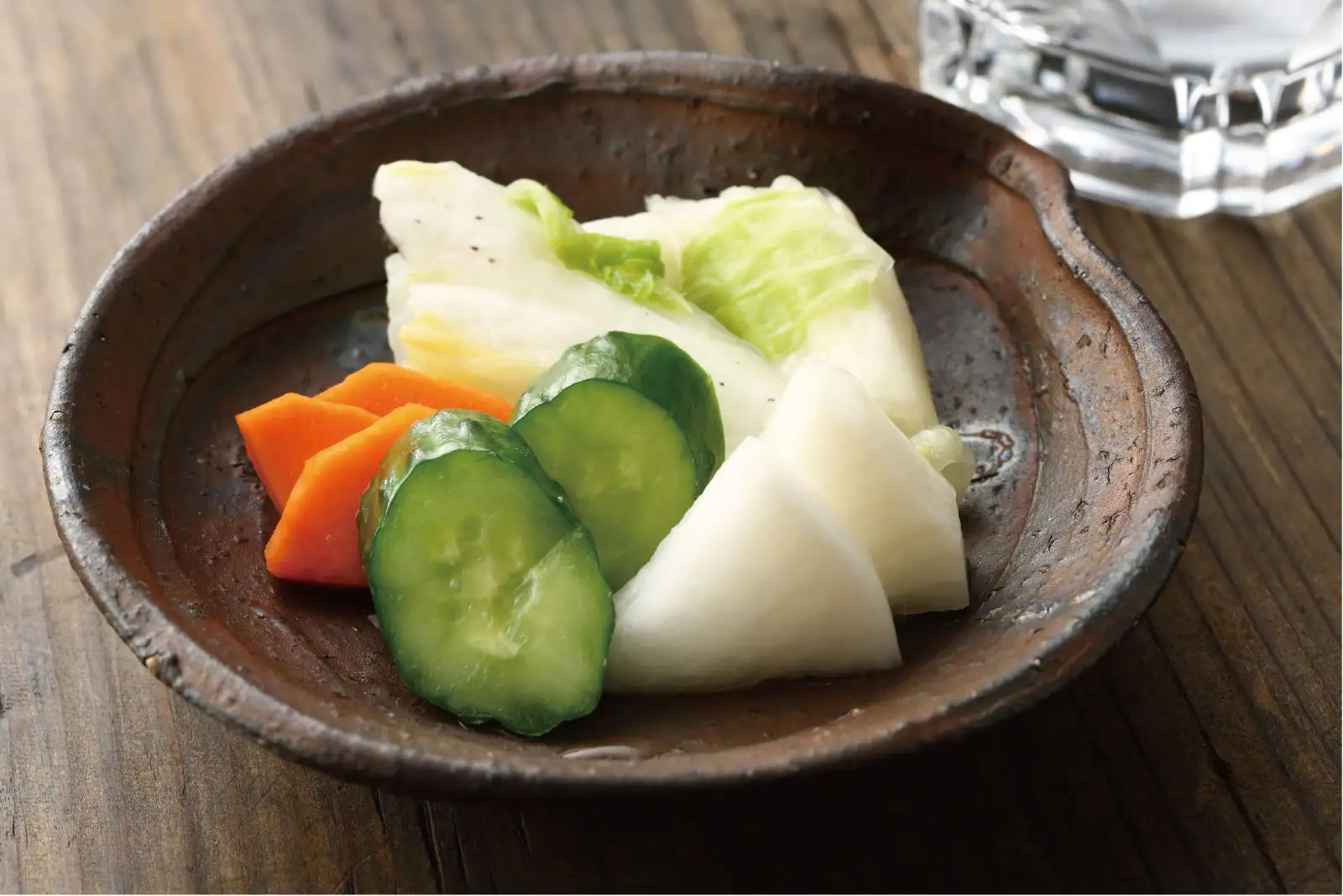
Pickles are an indispensable food in Kyoto. Since there is no sea in the vicinity of Kyoto, preservation techniques for food have been developed since ancient times. In addition, Kyoto’s unique climate and good water environment are suitable for growing vegetables, so pickle making has been popular for a long time.
Three major pickles
When vegetables are marinated in seasoning or bran, “lactic acid bacteria” and “yeast bacteria” ferment, giving rise to the unique umami and taste of pickles. Compared to animal lactic acid bacteria, the vegetable lactic acid bacteria contained in Japanese pickles can easily reach the intestines. In addition, since they have a long shelf life, they have been loved by the Japanese people since ancient times when there was no way to preserve them.
Shiba-zuke (pickles in shiso leaves)
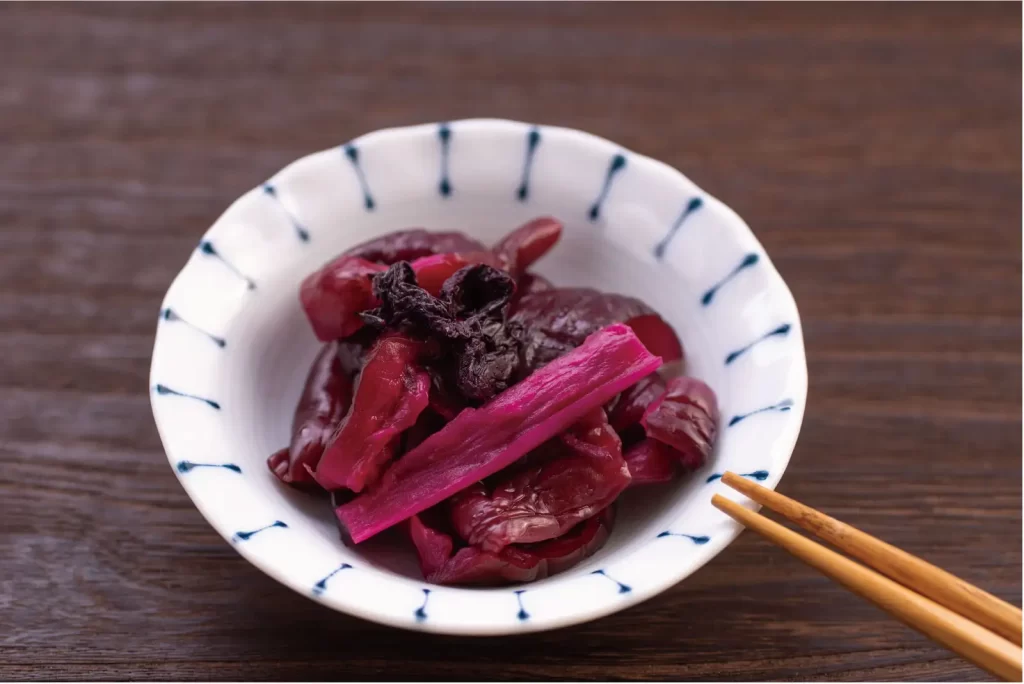
Summer vegetables such as cucumbers and eggplants are pickled in salt with chopped red shiso leaves and fermented with lactic acid bacteria. It is one of the oldest pickles made in Kyoto. There is a story that Taira no Kiyomori’s daughter, Tokuko, liked “pickled summer vegetables and red shiso leaves” and named it “Shiba-zuke”. The purple color of the pickles may surprise you, but they are easy to eat.
Senmai-zuke (pickles of sliced turnip)
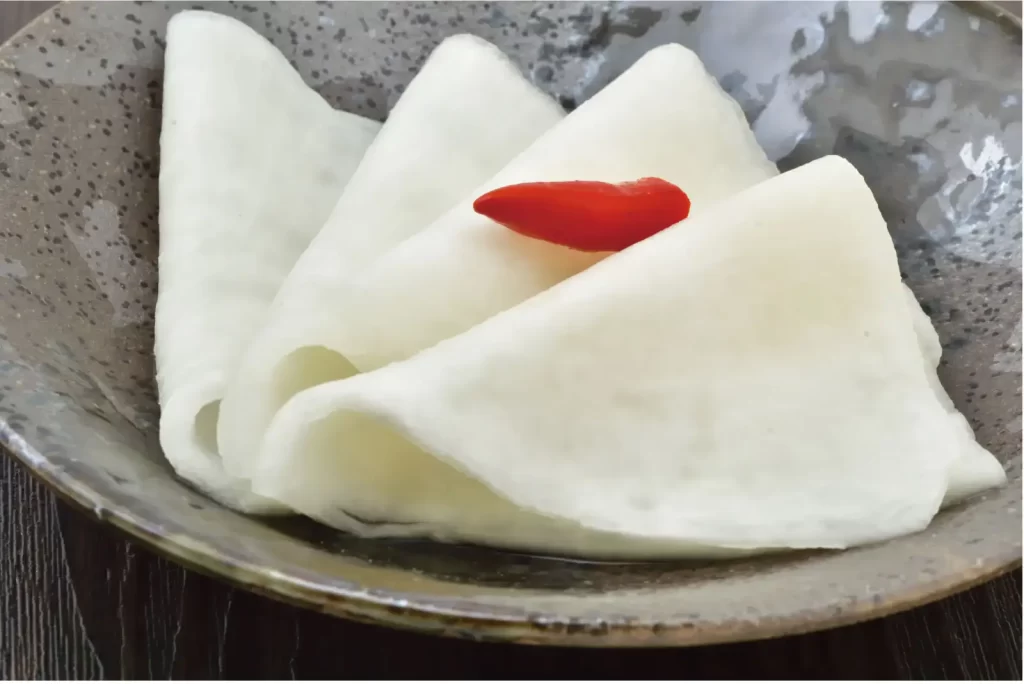
Senmai-zuke is pickles made by cutting thinly sliced shogoin kabura (turnip), a traditional type of turnip grown in Kyoto, and marinating it with kombu seaweed to ferment lactic acid bacteria. It is said that the origin of the word “sen (1000)” is that it is cut so thinly that you can get 1000 pieces from one turnip.
Suguki-zuke (Pickled turnip)
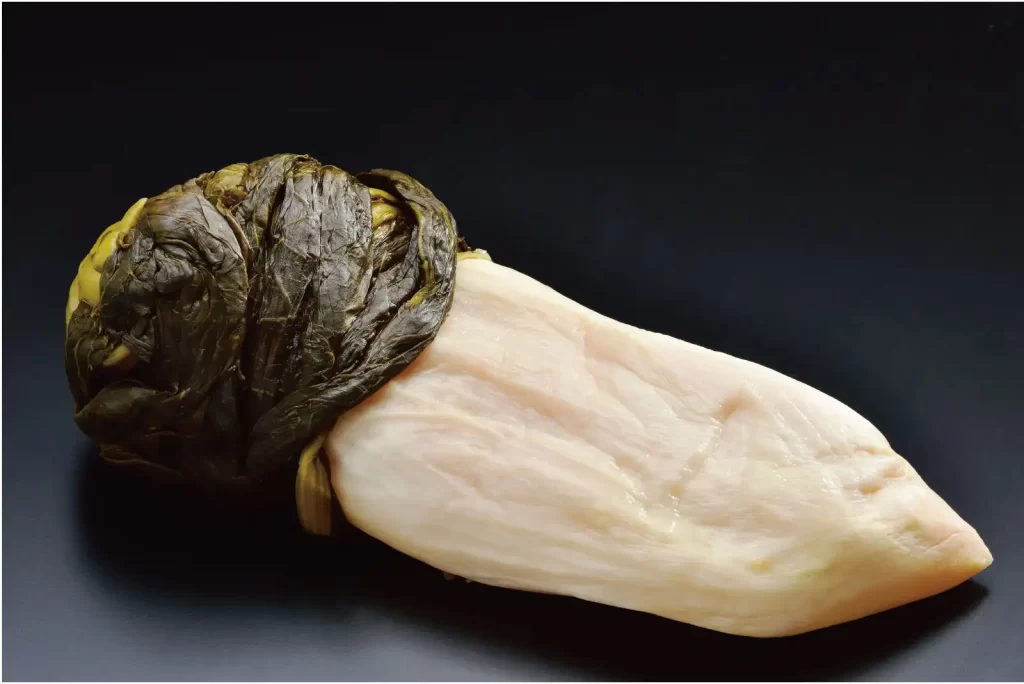
It is a pickle made with only salt and suguki, a kind of turnip grown around Kamigamo area in winter. The pickles are characterized by the sour taste produced by lactic acid fermentation. The pickles are made using a method called “tenbin-oshi”. In the winter of Kamigamo, barrels are lined up with heavy weights attached to the ends of log sticks and pressure is applied using the principle of leverage, and this method is still followed today.
If the pickles are bad, even the most delicious meal will be ruined
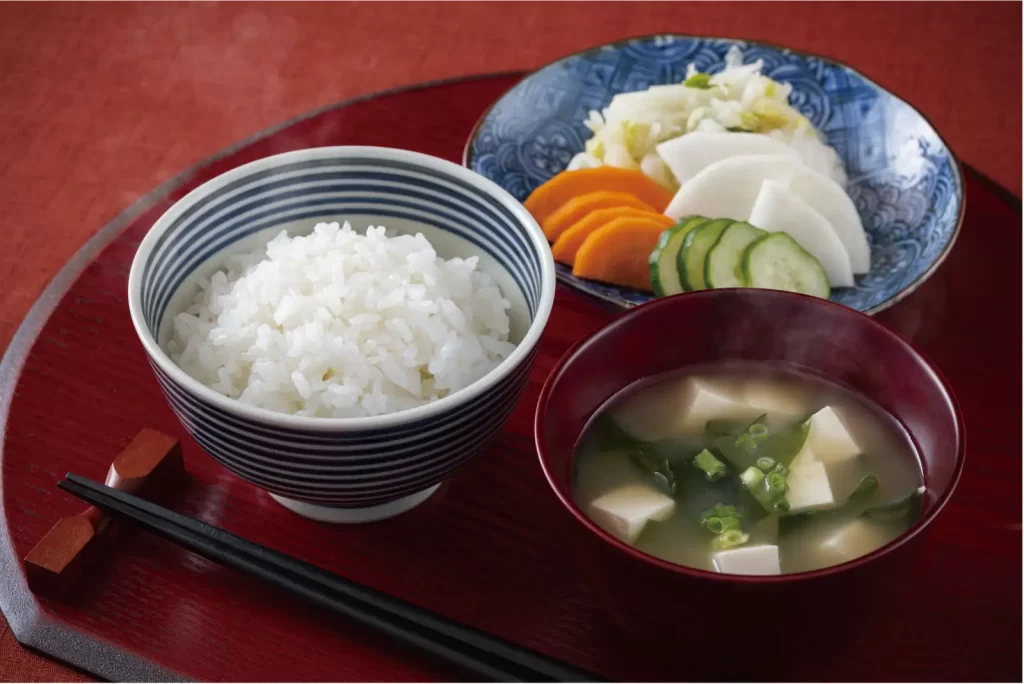
The original method of pickling is quite delicate and difficult, and cannot be imitated. Most of the pickles available in supermarkets today are made with sugar, vinegar, and other seasonings. Pickles are usually eaten with white rice, but they are also delicious chopped up and added to other dishes. Please try the traditional pickles when you visit Kyoto!

